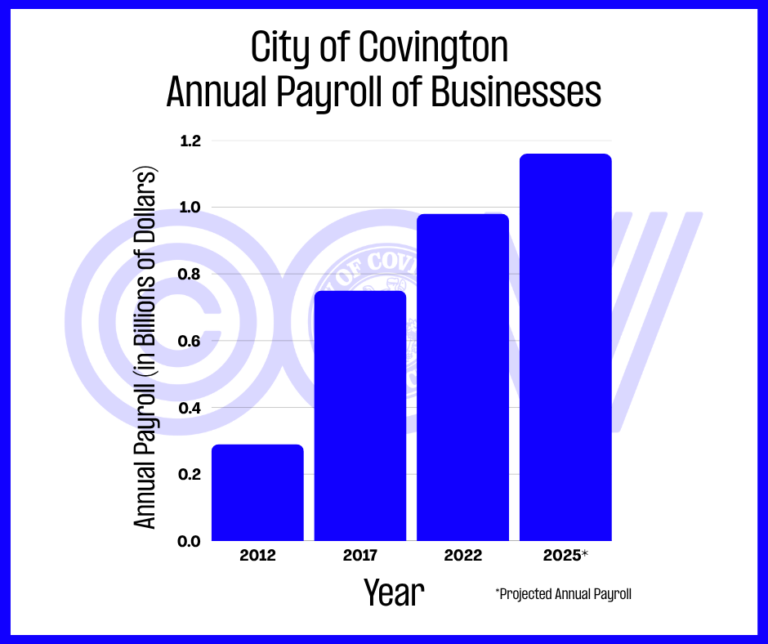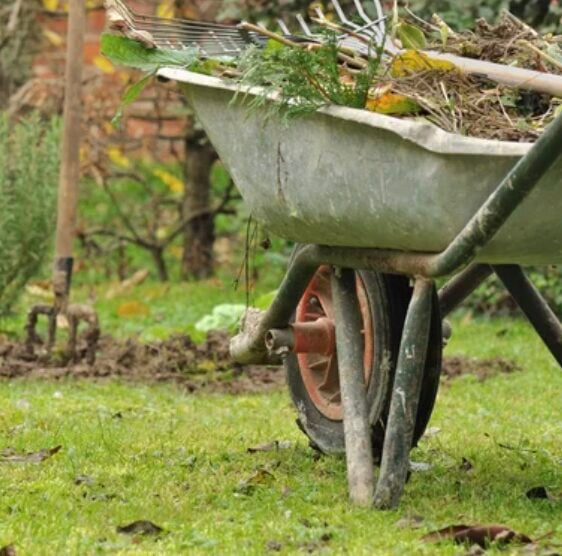Keeneland, both in the spring and fall, seems to create a gateway into a new period each year. The influx of the horse people and the casual tourist mixes with the traditional Kentucky visitor to produce a perfect storm of celebration and renewal.
In the spring it’s a reawakening, in the fall it seems to be a welcome back from perhaps a summer away. The tradition and pageantry of Keeneland are timeless it seems and when we dig a little deeper we see that the food reflects that as well. Burgoo is an obvious example as is the country ham and biscuit.
Bread pudding for dessert, chicken salad for lunch all connect the diner to the past food and keep that history alive. Tailgating on “The Hill” may be updated a bit by the presence of food trucks and a certain ethnic flair but overall, things don’t change much and for most of us that’s a good thing.
Food has always been part of the status quo, and a vehicle for change. This dynamic can sometimes be at odds when you have a traditional concept embraced by a progressive steward. The chef as steward has the opportunity to move away from the common standard, but not always the support. We are so conditioned to eat along traditional lines that anything that detours from that immediately comes under scrutiny if not downright disdain.
How does an institution like Keenland or Churchill Downs embrace new ideas while wrapped in the warm blanket of comfort foods?
Patience plays a large part in how we move food from trend to tradition. The ability to re-wire a consumer is strengthened by the talent and the versatility of the cook. Something as simple as expanding one’s concept of taking temperatures on fish needs time, a consistent and informed answer to the complaints of a consumer, and the building up of trust as the guest starts to appreciate the flavors and texture of rare tuna versus one that’s well done.
Change also hinges on the consumers desire to be stimulated by their experience. Much has been written about the power of food to comfort in times of despair, but food is also an energizing force, a creative process that should excite. Unless the guest is on board, or at least on the dock that excitement will be wasted.
I like to paraphrase what Andre Soltner, renowned chef and past owner of Lutece once commented on; that chefs are forever re-inventing, and unless someone discovers a completely new ingredient, we a will always just be recycling food in a new way until the end of time. Technique matters, ingredients certainly have an effect on how we cook the food and how our customers receive it.
But bear in mind that with that talent and with those ingredients there is a limited amount of wiggle room for creativity. Add to those limitations, generations of food memories that could be closely identical and the end result will be homogenization and stagnation of our food tradition. We as consumers need to let a little light in every once in a while.
Start small, with perhaps a re-boot of your favorite meal. It wasn’t so long ago that mac and cheese came out of a box, and the color was courtesy of red dye #5. Within a half generation we have gourmet mac and cheese with lobster, truffles and all manner of chef interpretation.
You have to ask yourself what happened to my old mac and cheese, the one I grew up with. Well, if you’re adventurous, it grew up too! Turkey will probably never be removed from the Thanksgiving table but you can start with updating the sides. Clean up the sweet potato casserole with the marshmallows, you know in your heart it could use a facelift.
Recently I upgraded my cranberry relish to make it a real relish, and the reaction was overwhelmingly positive. Fresh cranberries, sugar, cinnamon, black pepper and orange, simmer until the berries pop and chill. The floral quality of black pepper and its clean bite mirrored the tang of the berries. Next year it may be chilies instead of pepper.
I understand that in a few cases you just don’t mess with tradition. A large part of the purpose of food is to comfort, and when we experiment, stray, create, there is a certain shock to the system that some people never get over.
Take burgoo off the menu at the Keeneland meets? Never! And even though I’m just a quarter century guest of the state I get it. But ever so subtly we have changed some of the sacred dishes, cleaned up techniques, sourced local quality ingredients. So even if burgoo or bread pudding or chicken ham biscuits remain they are probably not exactly what you have every spring and fall, they are no doubt better.
Bear in mind that when you choose to re-invent, there are certain immutable things that need to be taken into account. Changing the main ingredients of a dish, literally changes the dish. Deconstructing a dish as is the aim of some molecular gastronomy may completely change the balance of flavor, color and texture.
That is the aim of some chefs, to stimulate through creating culinary chaos, you just have to make sure that the core of the dish is best served, otherwise it is at best a science experiment, at its worst it’s a parlor trick.
If you choose to go down that clinical road make sure you understand the composition of your ingredients so that your treatment of those ingredients still brings out the best of that ingredient.
The main focus of re-invention and renewal should never be to shock. It should never cater to a chef’s ego, and it should never leave the guest wondering why you went down that road. The best result should be for the guest to see an age old favorite in a new light, childhood dishes made better with local foods and local talent.
And just enough connection to the past to feel the gentle warmth of that memory cover you like a favorite blanket.
John Foster is an executive chef who heads the culinary program at Sullivan University’s Lexington campus. A New York native, Foster has been active in the Lexington culinary scene and a promoter of local and seasonal foods for more than 20 years. The French Culinary Institute-trained chef has been the executive chef of his former restaurant, Harvest, and now his Chevy Chase eatery, The Sage Rabbit, in Lexington.
























